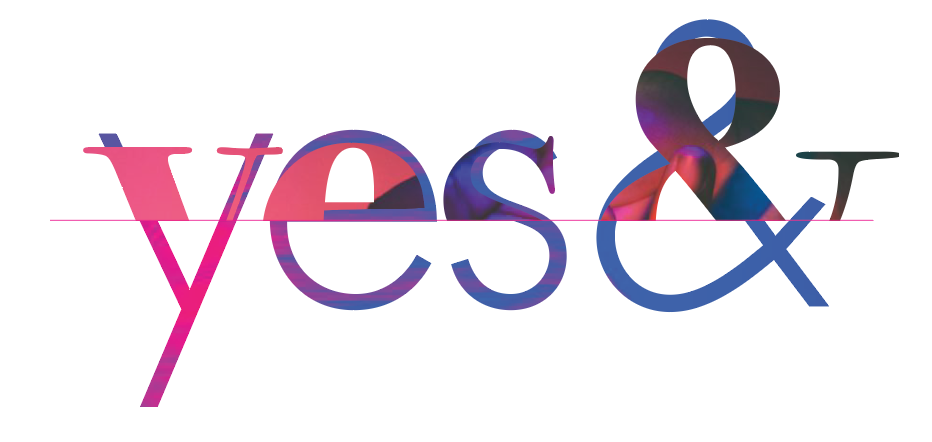For our most recent studio project, I chose to explore how Phenomenology has provided a framework for graphic designers. For those not familiar, Phenomenology is a branch of existential philosophy that looks at the behavior of the world, engaged through a personal, lived experience. The scope of Phenomenology is wide (to say the least) and its contributors are multifarious, including the likes of Edmund Husserl, Martin Heidegger and Maurice Merleau-Ponty to name a few. As a result, it is very difficult to pinpoint an exact definition of Phenomenology but it is generally equated to the study of lived experience. In another way, perhaps, through our own experience of “being-in-the-world,” we shape our surroundings and our surroundings shape us.
During my research into the topic, many authors championed the adoption of a Phenomenological attitude towards design, one that incorporates highly contextual methods into the process. For many design practices, contextual awareness is already paramount; the ever-expanding call for inclusive design practices reflects a positive shift towards creating with more humanistic intentions. But what does it mean to be inclusive on the universal scale that’s implied in Phenomenology? If everyone’s contextual perspective is important to shaping the world around us, how do we account for this kind of inclusion on a smaller scale, and how do we show this through graphic design?
Participation could be a potential solution to the question. Enlisting the involvement of many actors, from many contexts, to not only be part of the research but part of the creation of the “thing,” appears to be a sound extension of a Phenomenological attitude. For example, what happens when everyone gains access to the portrayal of a space, to define and shape the portrait of the environment through their experience of that environment? Do we see a more fully realized visioning/versioning of that space? Do we see chaos? There’s only one way to find out… try it.

